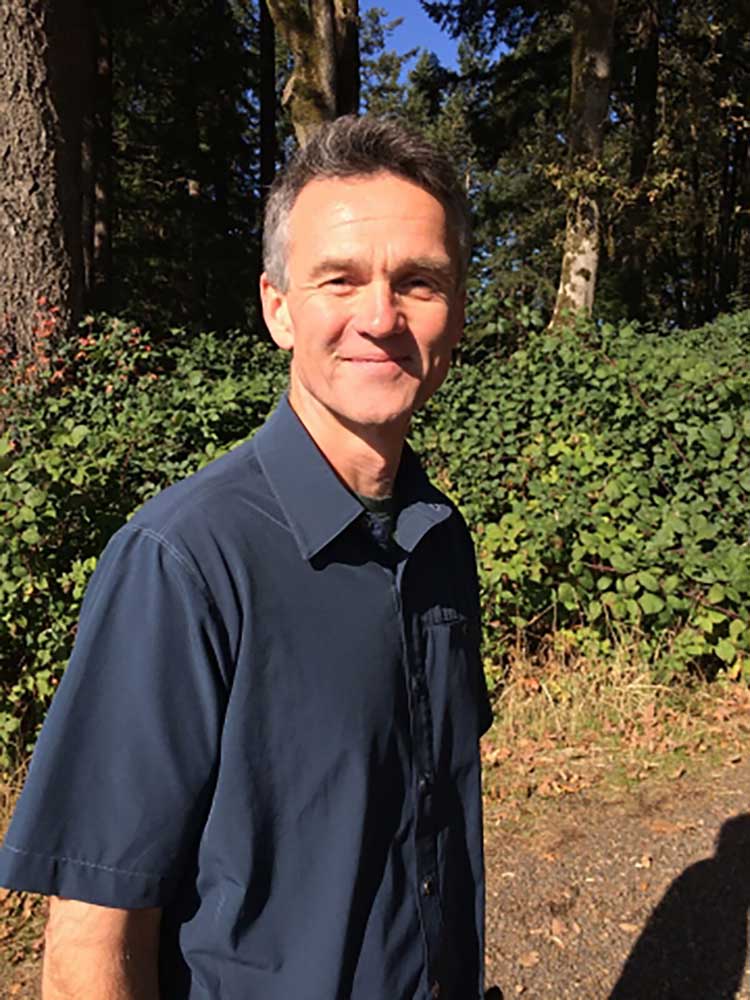New USFWS regional director emphasizes partnerships with landowners
Published 8:00 am Friday, January 13, 2023

- Morrison
PORTLAND — Hugh Morrison likes to joke that he’s tried leaving the Pacific Northwest on three occasions. Each time, the move didn’t last more than two years.
A native Oregonian, Morrison has spent more than two decades working for the U.S. Fish and Wildlife Service in the Pacific Region. His career has taken him across an impressive diversity of biomes and landscapes — from the coastline over the Cascades to the Great Basin.
“What more could you ask for?” Morrison said. “It’s hard to find a more desirable place in terms of what our natural resources offer.”
The USFWS selected Morrison as regional director on Jan. 4, overseeing approximately 850 employees in Oregon, Washington, Idaho, Hawaii, Guam, American Samoa and the Northern Mariana Islands. Morrison was previously a deputy regional director for the agency, and had been acting regional director since May 2022.
In his role, Morrison will lead the region’s efforts to protect and conserve native fish, wildlife and plants. Part of that, he said, is cultivating relationships with private landowners, including farmers and ranchers, to provide and manage habitat for species.
“We definitely see the importance of our partnerships with producers across the Pacific Northwest,” Morrison said. “They provide invaluable wildlife habitat for all species concerned.”
Part of that is making sure farms, ranches and other working lands stay in production, he said, so they can continue to provide benefits for fish and wildlife.
During a three-year hiatus from the agency from 2016-19, Morrison spent time volunteering and consulting for the Coalition of Oregon Land Trusts. He helped advocate for the Oregon Agricultural Heritage Program, which was created by state lawmakers in 2017.
The program awards grants to landowners for conservation easements, succession planning and other technical assistance, with the goal of protecting farmland. As more open lands are lost to development, Morrison said fish and wildlife habitat is becoming increasingly fragmented, threatening vulnerable species.
The USFWS and producers also partner on federal wildlife refuges across the region, Morrison said, through what are known as cooperative agriculture agreements.
These agreements allow farmers and ranchers to graze cattle or grow grain, hay and other crops on refuge land. The refuges benefit by producing food for wildlife or improving natural habitat, while the producer benefits by harvesting and selling some of the crop, or gaining access to grazing land.
“They help us to do the habitat management that we do, and hopefully they get some economic benefit out of it, too,” Morrison said.
Todd Nash, a Wallowa County rancher and president of the Oregon Cattlemen’s Association, said he has not yet met with Morrison personally, though his organization’s members have enjoyed a positive working relationship with the agency.
“With endangered species, for example, their premise was to protect whatever the species was at the time, but also keep operators operating,” Nash said. “To have that cooperating spirit and try to achieve both goals was a premise I appreciated.”
Nash said he anticipates that spirit of cooperation will continue under Morrison.
Morrison said climate change will continue to challenge land managers into the future.
In the Pacific Islands alone, he said there are more than 500 endangered plants and animals facing pressure from new invasive species. He also pointed to drying saline lakes around the inland Northwest, and accompanying loss of habitat.
Morrison said the agency will continue to work with partners to adapt their management practices in response to changing conditions.
“I think it’s always our approach, broadly, to try and do our work collaboratively with private landowners,” he said. “We know what an important role they play in conservation.”






